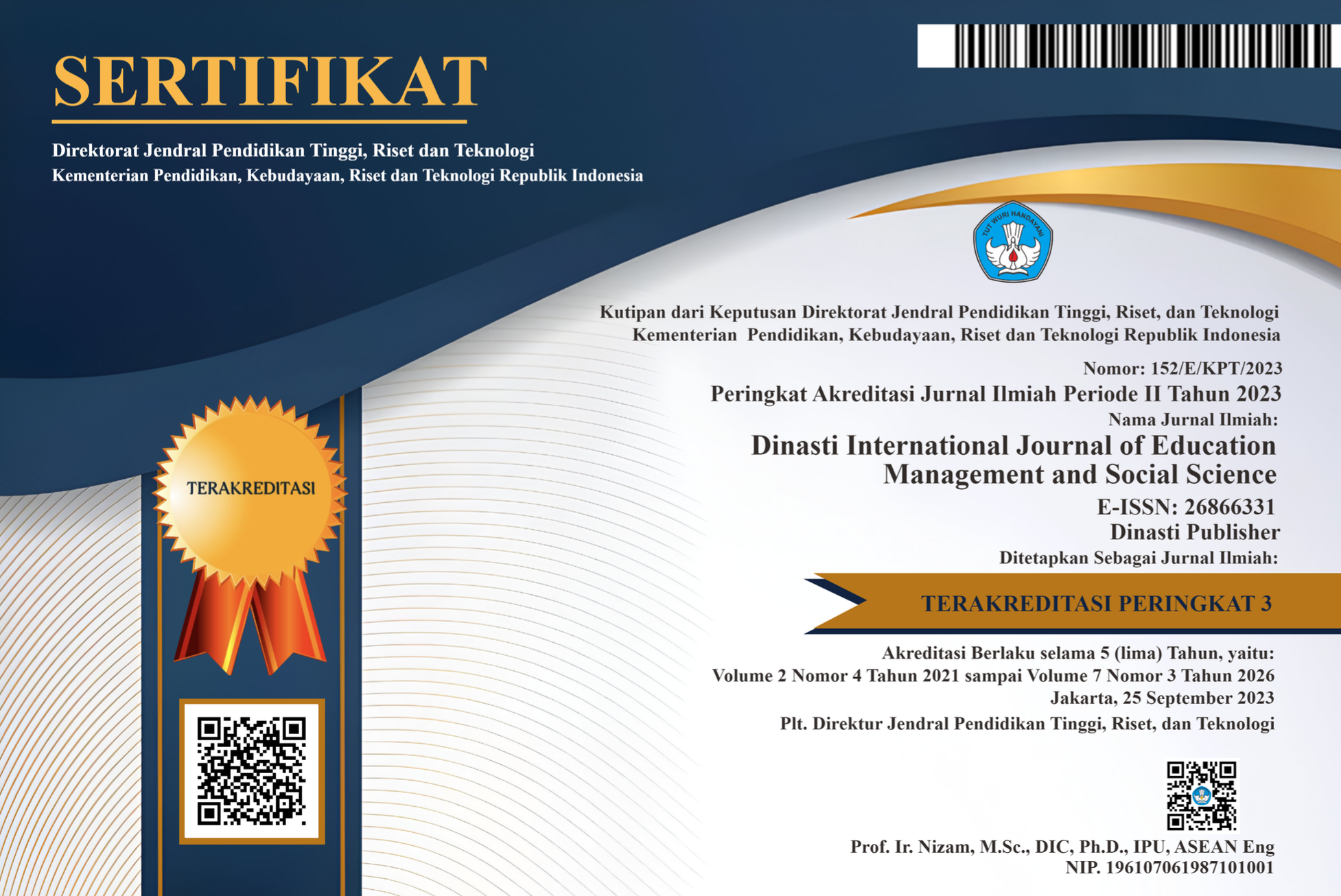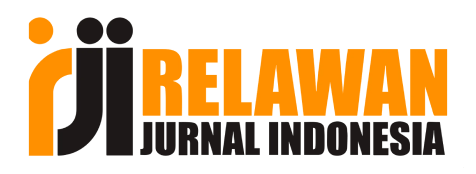The Role and Benefits of Innovative Technology in Using The Internet of Things (IOT) Towards Industrial Revolution 4.0
DOI:
https://doi.org/10.38035/dijemss.v5i5.2788Keywords:
Internet of Things (IoT), Technology, Role, Benefits, Industry Revolution 4.0.Abstract
In the Industrial Revolution 4.0, technological developments are developing very rapidly and significantly impact various sectors, especially in the industrial sector. Various aspects of the industrial sector significantly influence the Industrial Revolution 4.0 for companies, governments and even levels of society so that they can keep up with the times and compete in the current industrial revolution. The role of Industrial Revolution 4.0 is centred on automation, which is assisted by using information technology in the application process. One way to keep up with the times and compete is by applying the Internet of Things (IoT) to changes in the Industrial Revolution 4.0. IoT applies a system of computerized, mechanical, and machine devices. The Web of Things (IoT) is exceptionally compelling in different enterprises. IoT is likewise one of the fundamental mainstays of the modern transformation 4.0. Technological developments and convenience in the Industrial Revolution 4.0 must be connected to the Internet of Things (IoT) application.
References
M. Ahmid and O. Kazar, “Internet of Things Overview?: Architecture , Technologies , Application , and Challenges,” no. February, pp. 0–13, 2024, doi: 10.1007/978-3-031-47590-0.
A. Malik, A. T. Magar, H. Verma, M. Singh, and P. Sagar, “A detailed study of an internet of things (Iot),” Int. J. Sci. Technol. Res., vol. 8, no. 12, pp. 2989–2994, 2019.
S. Vaidya, P. Ambad, and S. Bhosle, “Industry 4.0 - A Glimpse,” Procedia Manuf., vol. 20, pp. 233–238, 2018, doi: 10.1016/j.promfg.2018.02.034.
R. A. Radouan Ait Mouha, “Internet of Things (IoT),” J. Data Anal. Inf. Process., vol. 09, no. 02, pp. 77–101, 2021, doi: 10.4236/jdaip.2021.92006.
S. Kumar, P. Tiwari, and M. Zymbler, “Internet of Things is a revolutionary approach for future technology enhancement: a review,” J. Big Data, vol. 6, no. 1, 2019, doi: 10.1186/s40537-019-0268-2.
T. Domínguez-Bolaño, O. Campos, V. Barral, C. J. Escudero, and J. A. García-Naya, “An overview of IoT architectures, technologies, and existing open-source projects,” Internet of Things (Netherlands), vol. 20, p. 100626, 2022, doi: 10.1016/j.iot.2022.100626.
A. Tayi, “The Internet of Things Is Digitizing and Transforming Science,” SLAS Technol., vol. 23, no. 5, pp. 407–411, 2018, doi: 10.1177/2472630318788533.
P. Leitao, F. Pires, S. Karnouskos, and A. W. Colombo, “Quo Vadis Industry 4.0? Position, Trends, and Challenges,” IEEE Open J. Ind. Electron. Soc., vol. 1, no. November, pp. 298–310, 2020, doi: 10.1109/OJIES.2020.3031660.
H. Purwanto, R. Hurriyati, and P. D. Dirgantari, “The Role of the Internet of Things (IoT) in Business and Marketing Areas: A Systematic Literature Review Using the Bibliometric Analysis Approach,” Proc. 5th Glob. Conf. Business, Manag. Entrep. (GCBME 2020), vol. 187, no. Gcbme 2020, pp. 338–342, 2021, doi: 10.2991/aebmr.k.210831.066.
A. Eigner and C. Stary, “The Role of Internet-of-Things for Service Transformation,” SAGE Open, vol. 13, no. 1, pp. 1–21, 2023, doi: 10.1177/21582440231159281.
N. Ahmad and A. M. Zulkifli, “Internet of Things (IoT) and the road to happiness,” Digit. Transform. Soc., vol. 1, no. 1, pp. 66–94, 2022, doi: 10.1108/dts-05-2022-0009.
E. E. Cranmer and M. C. Dieck, “Accepted paper?: Journal of Business Research , 12 September 2021 Internet of Things?: Aspiration , Implementation and Contribution??,” 2022.
S. Ni, “Since January 2020 Elsevier has created a COVID-19 resource centre with free information in English and Mandarin on the novel coronavirus COVID-19. The COVID-19 resource centre is hosted on Elsevier Connect, the company’ s public news and information,” J. Clean. Prod., vol. 6, no. 1, pp. 1–33, 2020.
Z. Islam, M. Rakibul, I. Bhuiyan, T. A. Poli, and R. Hossain, “Gravitating towards Internet of Things: Prospective Applications, Challenges, and Solutions of Using IoT,” vol. 3538, no. 2, pp. 436–451, 2024.
Downloads
Published
How to Cite
Issue
Section
License
Copyright (c) 2024 Devina Nadya Ayu Pramita, Wahyu Sardjono

This work is licensed under a Creative Commons Attribution 4.0 International License.
Authors who publish their manuscripts in this journal agree to the following conditions:
- The copyright on each article belongs to the author(s).
- The author acknowledges that the Dinasti International Journal of Education Management and Social Science (DIJEMSS) has the right to be the first to publish with a Creative Commons Attribution 4.0 International license (Attribution 4.0 International (CC BY 4.0).
- Authors can submit articles separately, arrange for the non-exclusive distribution of manuscripts that have been published in this journal into other versions (e.g., sent to the author's institutional repository, publication into books, etc.), by acknowledging that the manuscript has been published for the first time in the Dinasti International Journal of Education Management and Social Science (DIJEMSS).















































